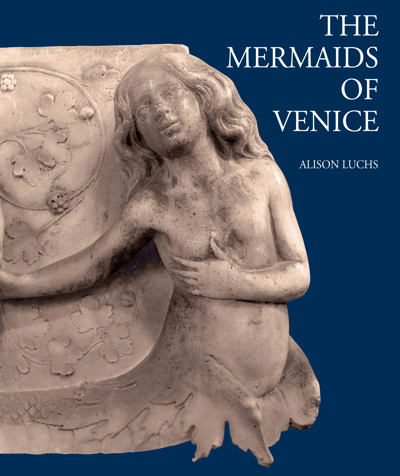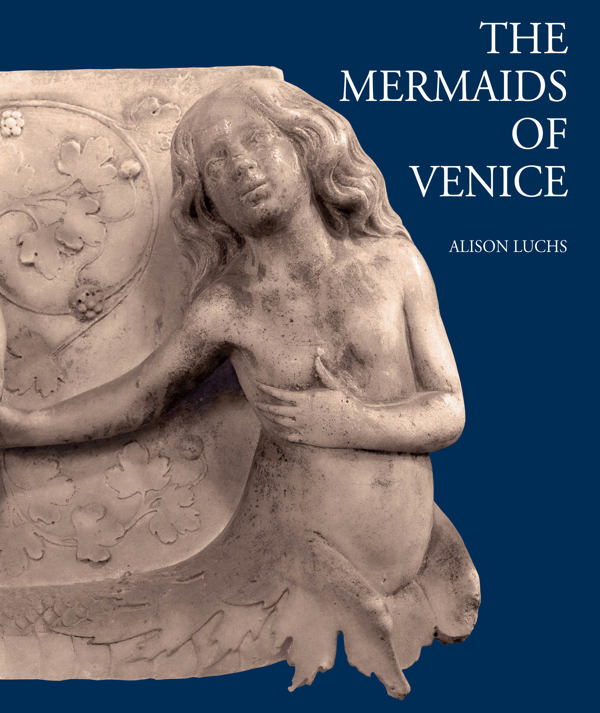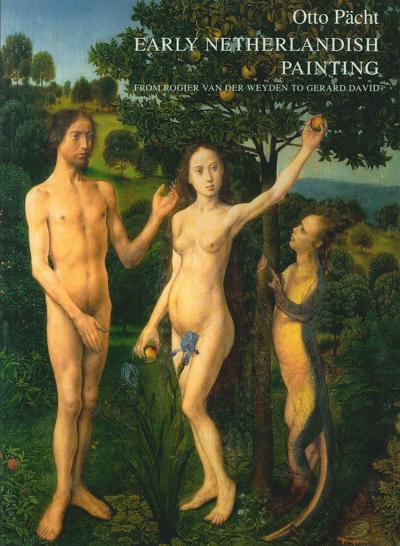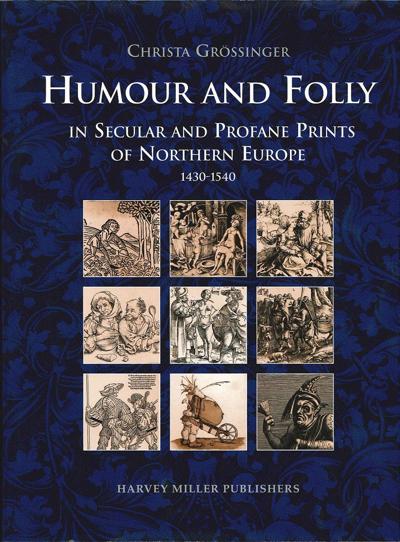
The Mermaids of Venice. Fantastic Sea Creatures in Venetian Renaissance Art
Alison Luchs
- Pages: 273 p.
- Size:220 x 275 mm
- Illustrations:234 b/w, 44 col.
- Language(s):English
- Publication Year:2010
- € 125,00 EXCL. VAT RETAIL PRICE
- ISBN: 978-1-905375-45-5
- Hardback
- Available
"Ce genre de travail est non seulement plaisant, il peut se révéler aussi plein d'intérêt. (...) Il faut en savoir gré à l'auteur." (L. Smolderen, dans: Revue Belge d'Archéologie et d'Histoire de l'Art, n° 80, 2011.1, p. 206)
The arts of Renaissance Venice teem with sea monsters. Chief among these are mermaids and mermen--graceful hybrid beings human from the waist up, but with the lower body and tail of a fish, dolphin or sea serpent. Other sea hybrids--horses, bulls, panthers, even an elephant--also swim through Venetian art in finned and fish-tailed forms. Such creatures emerge from stone in the shadowy churches and the sunlit courtyard of the Palazzo Ducale, crown the wooden frame of a Giovanni Bellini altarpiece, and encircle the bronze flagpole bases in Piazza San Marco. Their gilded sugar apparitions graced banquet tables for illustrious visitors, and their descendents still glide through the canals in the form of brass seahorses set above the sides of gondolas
This book focuses on the conceptions of artists who made marine hybrids as some of the most engaging inventions of the Renaissance in Venice and its subject city Padua. The chapters deal with five functional contexts: book decoration of the 1470s and 80s; tomb monuments of the 1480s and 90s; church decoration of the same years, particularly at Santa Maria dei Miracoli; centers of political activity, including civic settings in Venice and the palaces of powerful mainland employers of Venetian artists; and finally, private homes, where owners could hold small bronze sea hybrids in their hands, often as objects for use. A prologue introduces the “heritage of monsters” from the ancient and medieval worlds, the better to show how Venetian artists adapted these to new purposes.
Exploring the ways in which artists could interpret and contemporary viewers might experience these wide-ranging sea-creatures, the book brings their best images together as a source of delight.





